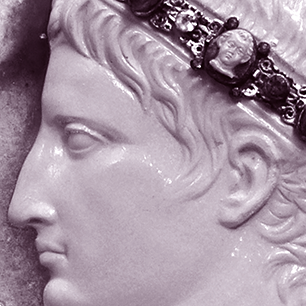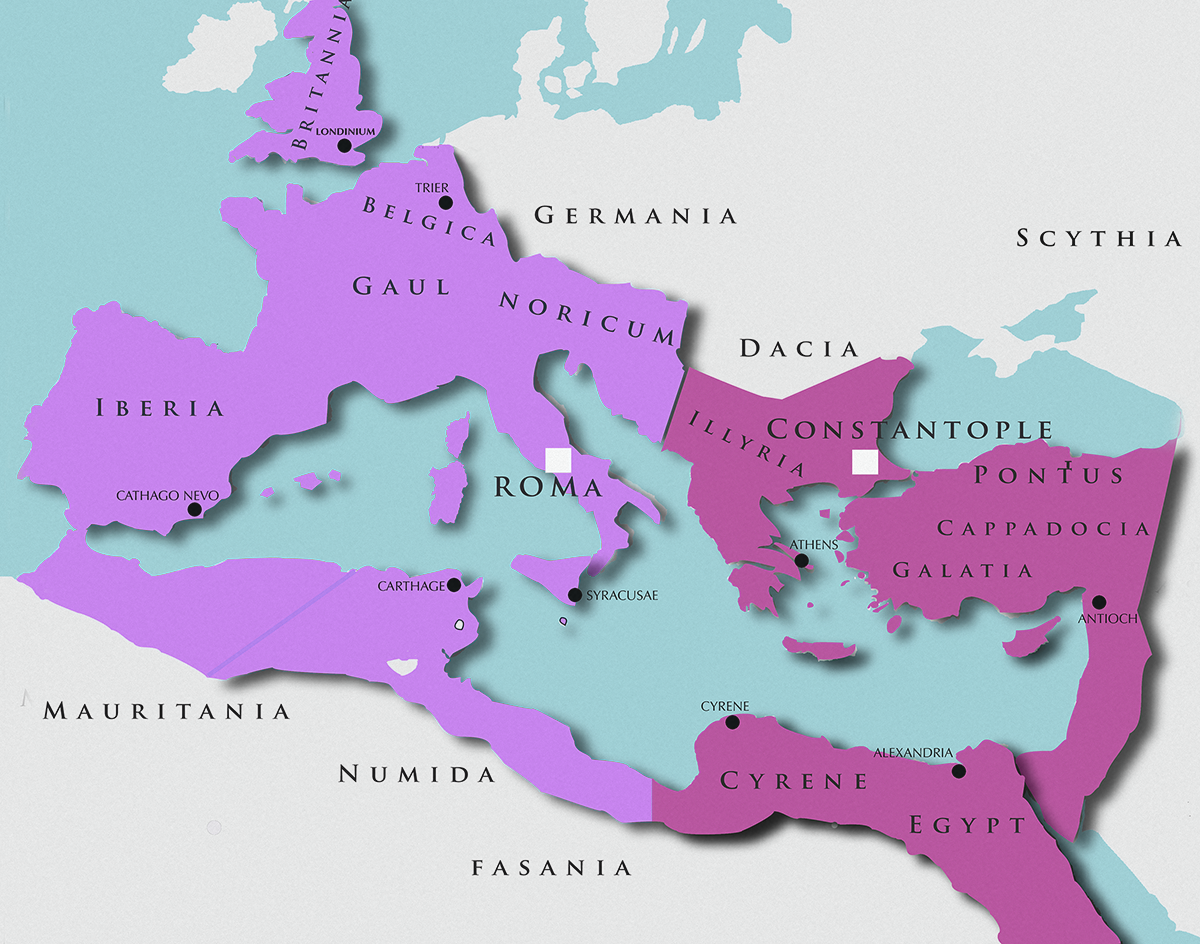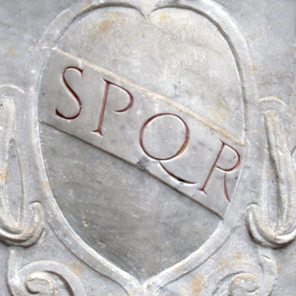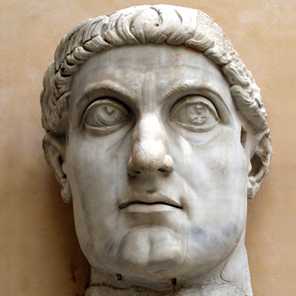The ROMAN CIVILIZATION
IMAGES OF THE ROMAN CIVILIZATION
THE WESTERN ROMAN EMPIRE
in 476 ad the end of western empire and the transition towards the middle ages
The fact The two halves of the empire continued to prosper equally until the reign of the Emperor Theodosius I 379 – 395 AD when internal and external forces exerted themselves to break the two halves apart. These forces included, but were not limited to: the excessive zeal of Theodosius I in spreading Christianity and stamping out pagan practices; corruption of the ruling class; incursions by Germanic tribes; and over-extension of boundaries and resources.
The Gothic War of 376-382 AD severely weakened the Western Empire even though the battles were routinely fought by forces from the Eastern Empire. At the Battle of Adrianople in 378 AD, the Eastern Emperor Valens was defeated by Fritigern of the Goths and that this marks the beginning of the end of the Roman Empire. A steady decline in power and prestige , the last Roman Emperor, Romulus Augustus, being deposed by the Germanic king Odoacer on 4 September 476 AD
The fact that the Western Empire had not had a competent ruler since Constantine the Great, and he divided the Empire and moved east during his reign. This left Rome governed by a series of Generals who were more concerned with fighting each other for the throne then with actually steeming the tide of the problems assualting Rome. Had the west had an effective Roman ruler, the Western Empire might have survived. Rome had no effective rulers, and this weakness made every other problem worse, the final division of the empire was under Valentinian I.
The next major problem was that all the tribes Huns Vandals, Goths, Franks and German tribes migrated into Rome Empire an army that was already dangerously over extendedby the civil wars as well. Even if Rome had no other problems, because of the numbers of barbarian invaders assualting the Western Empire's borders. The instability caused by usurpers throughout the Western Empire helped these tribes in their conquests, and by the 450s the Germanic tribes had become usurpers themselves. During the next twenty years, several Western Emperors were installed by Constantinople, but their authority relied upon barbarian commanders
EASTERN EMPIRE
Empire 330ad - 1453 AD
Partition of the Empire 285 AD
Founding of Constantinople and Christianity
330 AD - 565 AD
Last Latin Speaking Emperors 610 AD
THE WESTERN EMPIRE
Principate
27 BC - 476AD
The Crisis of the Third Century
Dominate 284 ad
Diocletian Constantine and Christianity
The Easten Roman Empire
in 285 ad Under the reign of the Emperor Diocletian, the political division of the Roman Empire began. In 285, he promoted Maximian to the rank of Augustus and gave him half the the empire to rule
The Eastern Roman Empire or the Eastern Empire was the name given to the eastern part of the Roman Empire after its division in the 3rd century AD. Its capital city was Constantinople. It represented an administrative division of the Roman Empire, but after the fall of the western part it survived until the fall of Constantinople in 1453. The Eastern Empire was also called the Byzantine Empire.
The division of the Empire began with the Tetrarchy in the late 3rd century AD with Diocletian, as an institution that was aiming to control efficiently the vast Roman empire. Diocletian was responsible for creating a new administrative system (the tetrarchy).
The tetrarchy collapsed, and Constantine I replaced it with the dynastic principle of hereditary succession.Constantine moved the seat of the Empire, and introduced important changes into its civil and religious constitution. In 330, he founded Constantinople as a second Rome on the site of Byzantium, which was well-positioned astride the trade routes between East and West; it was a superb base from which to guard the Danube river, and was reasonably close to the Eastern frontiers. Constantine also began the building of the great fortified walls, which were expanded and rebuilt in subsequent ages.
Under Constantine, Christianity did not become the exclusive religion of the state, but enjoyed imperial preference, since the Emperor supported it with generous privileges: clerics were exempted from personal services and taxation, Christians were preferred for administrative posts, and bishops were entrusted with judicial responsibilities. The Synod of Arles was convened by Constantine, and the First Council of Nicaea showcased his claim to be head of the Church.
The state of the empire in 395 may be described in terms of the outcome of Constantine's work. The dynastic principle was established so firmly that the emperor who died in that year, Theodosius I, could bequeath the imperial office jointly to his sons: Arcadius in the East and Honorius in the West. Theodosius was the last emperor to rule over the full extent of the empire in both its halves.With the Sack of Rome and Fall of the Western Roman Empire
Throughout Late Antiquity and the early Middle Ages, the Eastern Roman Empire, laid claims on areas of the West which had been occupied by several tribes. In the 6th century, the Eastern Roman Empire managed to reconquer large areas of the former Western Roman Empire. The most successful were the campaigns of the generals Belisarius and Narses on behalf of the Eastern Roman Emperor Justinian I from 533 to 554. The Vandal-occupied former Roman territory in North Africa was regained, particularly the territory centered around the city of Carthage. Less than a year later, Sicily, Sardinia, Corsica, Dalmatia, and the Balearic Islands were easily captured by the invading Roman legions. The campaign eventually moved into Italy and the Romans reconquered it completely. Minor territories were taken as far west as the southern coast of the Iberian Peninsula.
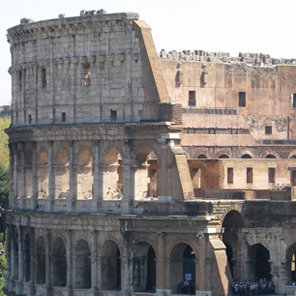
THE WESTERN HALF OF THE EMIPIRE
The Western Roman Empire is the western half of the Roman Empire after its division by Diocletian in 286. in several periods between the 3rd century and the 5th century
SPQR THE POILTICS OF THE EMPIRE
SPQR was first appears in inscriptions of the Late Republic, from 80 BC onwards to coins of Constantine I 312-37 AD the first Christian Roman Emperor. The Senate and People of Rome
THE ROMAN EMPIRE
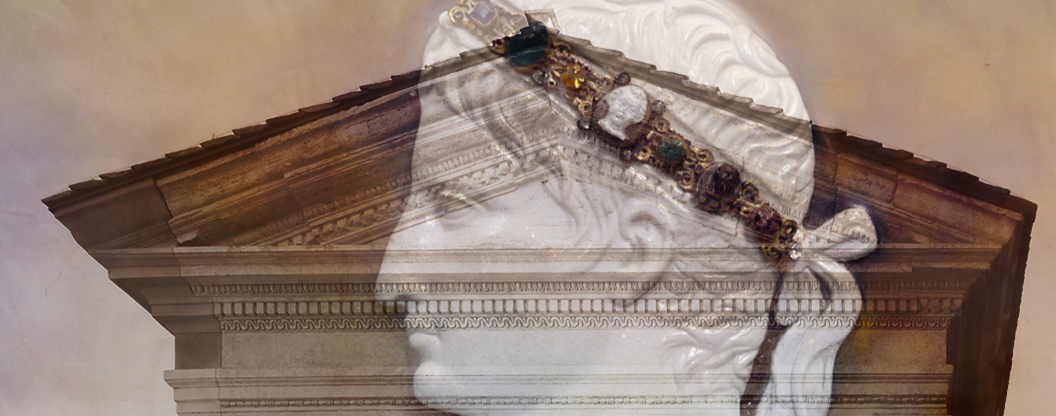
END OF THE WEST
The Roman Empire began to disintegrate in the early 5th century as Germanic migrations and invasions overwhelmed the capacity of the Empire to assimilate the migrants and fight off the invaders. The Romans were successful in fighting off all invaders, most famously Attila the Hun, though the Empire had assimilated so many Germanic peoples of dubious loyalty to Rome that the Empire started to dismember itself. Most chronologies place the end of the Western Roman Empire in 476, when Romulus Augustulus was forced to abdicate to the Germanic warlord Odoacer. By placing himself under the rule of the Eastern Emperor, rather than naming himself Emperor (as other Germanic chiefs had done after deposing past Emperors), Odoacer ended the Western Empire by ending the line of Western Emperors.
EAST ROMAN EMPIRE
The empire in the East — known today as the Byzantine Empire, but referred to in its time as the "Roman Empire" or by various other names — had a different fate. It survived for almost 1000 years after the fall of its Western counterpart and became the most stable Christian realm during the Middle Ages. During the 6th century, Justinian briefly reconquered Northern Africa and Italy, but Byzantine possessions in the West were reduced to southern Italy and Sicily within a few years after Justinian's death. In the east, partially resulting from the destructive Plague of Justinian,
